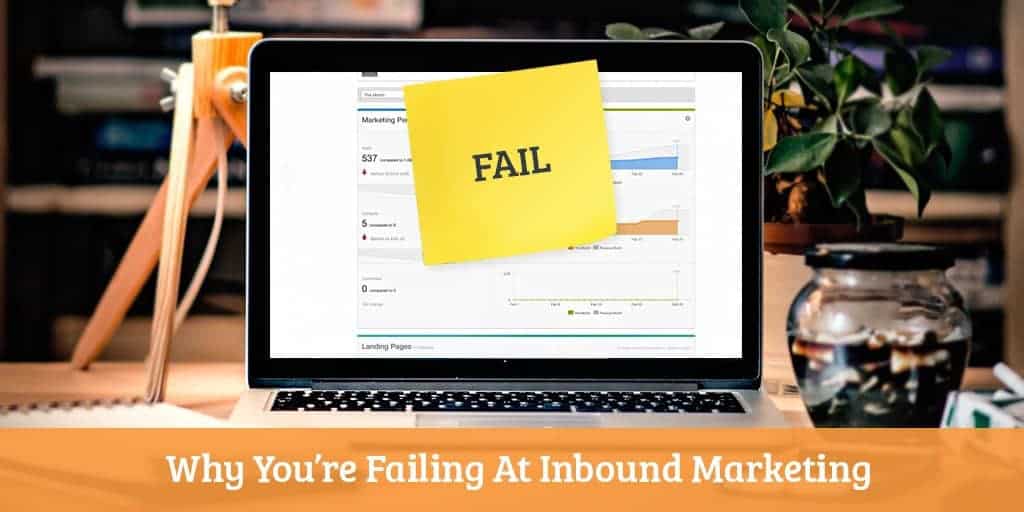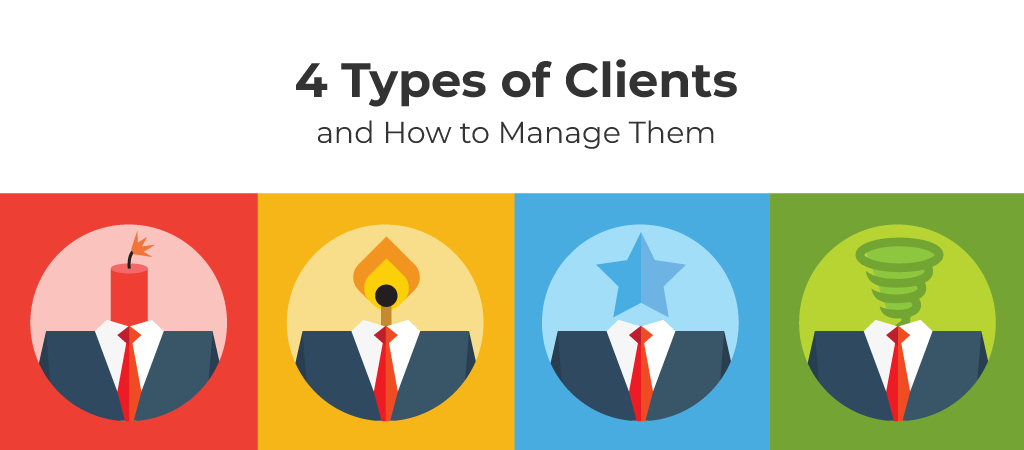Despite following directions to the letter, putting your all into it, your inbound marketing campaign is doing nothing, results are non-existent, your marketing budget is taking a hit for nothing.You didn’t really quite understand what inbound marketing was all about, but the pitch was good and it sounded like it made sense right? Now you are staring at a flat line graph, engagement is where it was before or worse and inbound marketing seems like it was a bad idea.
What is inbound marketing is all about?
The Inbound marketing methodology moves beyond traditional outbound or shotgun marketing. Inbound marketing is designed to attract your target audience with relevant and engaging content. This is possible only if you are more concerned about delivering value rather than selling your products.
Inbound marketing involves the creation of specifically targeted content that meets the needs of your prospects or customers. You need to provide content that your audience is seeking. This is done with blogging, social media, email marketing etc.
This content, if done properly, enables you to attract and engage your target audience and convert them into customers.
Inbound marketing can be broken down into four fundamental phases:
- ATTRACT – Improving brand visibility to your target audience or persona.
- CONVERT – Converting your target audience into leads or prospects.
- CLOSE – Turning prospects into paying customers or clients.
- DELIGHT – Having delighted clients become evangelists for your brand.
In each phase you are creating and delivering value to your audience through content creation and distribution, which is the real essence of inbound marketing.
Having explained all of this, not every inbound marketing campaign succeeds in acquiring and retaining new customers.
Inbound marketing can sometimes be a tough row to hoe. This is because you are taking an indirect path towards selling your products or services.. You must consistently deliver valuable content to your audience and attempt to ensure it reaches the greatest number of people. Following this you need to be patient and wait for your efforts to deliver returns in the form of increased website traffic, higher conversion rates and ultimately, increased sales figures.
During this journey to inbound marketing success, there are a number of things that can go wrong to prevent this from happening.
Here are five reasons your inbound marketing campaign isn’t yielding the expected return:
1. You did not set measurable goals
Your inbound marketing goals must be measurable and attainable. They must be smart or “SMART,” an acronym for Specific, Measurable, Attainable, Relevant and Time-bound.
If you don’t set goals, how will you know if your inbound marketing campaign meets your expectations? Every element of your campaign should work towards a SMART goal.
Without clear goals you will not be able to target the right audience or create the right content.
So, before you actually work out a campaign ask yourself these questions:
- Precisely how much more traffic do I want?
- By what percentage am I trying to increase conversions?
- What is the total profit I expect from my inbound efforts?
- By when do I want to see tangible results?
According to a respected industry sources, the top 5 objectives for inbound marketing in the year ahead will be:
- Improving lead quality
- Increasing sales revenue
- Increasing conversion rates
- Increasing lead quality
- Increasing brand awareness
Are these objectives at the top of your list as well?
Something else you must keep in mind is that your goals must be reasonable. For example, you might want to double your conversion rates. But because your landing pages aren’t optimized; this might not be an attainable goal. So, you’ll have to sort out your landing pages first, before you zero in on a measurable conversion goal.
2. You’ve forgotten to track ROI
Are you getting bang for your marketing buck?
This question can only be answered if you are tracking inbound ROI. According to a recent HubSpot study, marketers who are actually measuring ROI, experience year over year ROI growth.
So tracking ROI a LOT of sense.
What it also does is tell you whether your inbound marketing is actually contributing towards your brand building efforts. If you’ve got a clearly defined set of goals you want to achieve, you will get a fair idea about the metrics you must measure to calculate ROI.
Metrics like overall traffic, referral traffic, conversion rate, number of brand mentions, coupon redemptions, newsletter signups, cost per lead and others determine the success or failure of your strategy. It’s imperative that you track and make them a part of your ROI mix.
While calculating ROI from your inbound marketing campaign isn’t easy, there are a wide selection of tools that are specifically meant for this purpose; including HubSpot, SharpSpring, Infusionsoft, Convertfox and many, many others.
3. You’re not creating high quality content
The foundation of inbound marketing rests on high quality content. And it’s difficult to come up with excellent content pieces day in day out, the kind of content your audience will love going through and sharing. Marketers will tell you that it’s one of the most difficult challenges they face, and many of them aren’t able to push out quality content on a regular basis.
54% of B2B marketers rate ‘producing engaging content’ as the top challenge; 50% of B2C marketers regard it as a top challenge as well.
Look closely at your inbound strategy and check whether you have been producing engaging content consistently. If not, this may be contributing to the less than perfect results of your campaign.
If you’re serious about improving and increasing the productivity of your content creation process, Buffer’s post on the subject, ‘How the Hell Buffer Creates So Much Content So Quickly’ is a must read.
4. You have an inexperienced team
Inbound marketing cannot be handled by anybody; each and every inbound marketing tactic needs a specialist. Take the case of content creation. You need expert content creators in the form of writers and designers who have the expertise and experience to come up with content that perfectly fits your marketing goals and helps accomplish them.
Even the process of content distribution demands expertise in social media and other distribution channels. If you think you can get away with putting an inexperienced team in charge of your campaign, you are wrong.
Inbound only works if it has a solid, reliable and well-informed team driving it forward.
5. You forget you’re actually marketing
Forget marketing?
Unfortunately yes. Inbound marketers are so consumed with delivering value to their target audience that they sometimes forget they’re actually trying to pull potential customers towards the purchase funnel.
Inbound marketing is a balancing act. While it needs to be value driven, this value should encourage your target audience to know more about your brand and its products and services. This is the ultimate aim of inbound marketing. You are providing value to your audience and trying to leverage this value to forge better brand connections, improve brand awareness and attract leads that convert into sales. Don’t forget this.
Conclusion
If you think there is something wrong with your inbound strategy, check whether you are making any of these five mistakes; and sort them out quickly. Remember, your competitors might be getting their inbound strategy absolutely right. So, there is no time to waste!
Of course you could pick an expert to help you, someone with a background of successful inbound marketing implementations. Feel free to pick our brain anytime – PICK OUR BRAIN






































